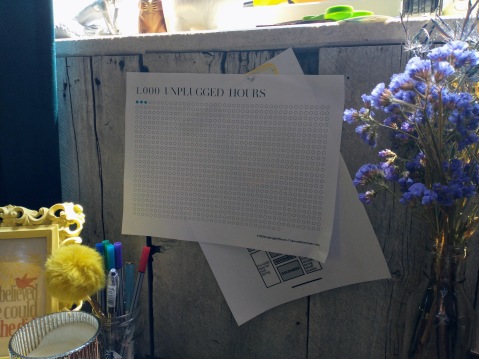 I have been surprised by how much my time as a stay-at-home mother reminds me of my summers in graduate school. Each day feels sprawlingly long, with hour after hour of things to do, but no adults to talk to. I love alone time, so the solitude of this period suits me. I wouldn’t change it, mostly. But, of course, it is not really solitude. I have a little person who needs me 12 hours a day.
I have been surprised by how much my time as a stay-at-home mother reminds me of my summers in graduate school. Each day feels sprawlingly long, with hour after hour of things to do, but no adults to talk to. I love alone time, so the solitude of this period suits me. I wouldn’t change it, mostly. But, of course, it is not really solitude. I have a little person who needs me 12 hours a day.
The problem is that I also have social media.
When I was in graduate school, the only social media I had were Facebook and Pinterest. Now there’s also Instagram and Reddit lurking on my phone. And, instead of a dissertation, I am trying to build our small business.
Everyone gets lonely sometimes, even those of us introverts who love being alone like I do, and research suggests that social media exacerbates that feeling. For the first time, I am starting to see that in myself. There are times when I feel invisible. As I cart my daughter to and from the library; nod to other parents at the playground; make a social media presence for our alpacas, chickens, and bees, many days I feel like I am moving through the world invisibly, anonymously. A lot of the time, that is freeing. If no one is paying attention to me, looking instead at the baby, the bees, and the alpacas, then I can just be as I am. But sometimes, when I struggle to get traction on my writing and other projects, it feels defeating and lonely. Self-doubt, tied to little hearts on a screen, tugs at me.
No one likes to put something out into the world and feel ignored, but it is not good to dwell on it. There is always more work to do, skills to build, revisions to make, mouths to feed, books to read, sweet daughters to hug, and so on. As a fairly ambitious person, recovering from years of being told I was really going to achieve something someday, I wrestle with this feeling because
- It feels a lot like pride, which is a trap I’m not trying to fall into but…
- it’s a natural feeling that I’m not trying to shame myself for but…
- lately, the things I work most on and like the best keep sinking and…
- you can’t judge yourself by other people’s social media stats but…
- don’t we?
1000 Hours
On a particularly lonely night last weekend, I scrolled across an Instagram post by Hannah Brencher about completing her 1000 Unplugged Hours tracker. I was probably hooked because we are already working on 1000 Hours Outside and have completed 1000 Books Before Kindergarten. 1000, it seems, is the magic number. I was immediately sure, however, that I needed this challenge.
1000 Unplugged Hours comes out to about three hours a day or 20 hours each weekend to complete it in a year, which is the goal. Truly, three hours a day does not sound like much, but I don’t know a person who does not have that itchy compulsion to check their phone, scroll, have the TV on, and so on. I hardly watch TV anymore, but my days are consumed with much more scrolling Instagram than I would like. A little space away from podcasts, even though I listen to news and science shows most of the time, would probably be healthy, too. I decided that, for me, unplugged means no technology except for music or a word processor. I waffled on audiobooks but decided to exclude them too.
I started my 1000 Unplugged Hours yesterday. It was Sunday, so I had a bit of a headstart because my daily news podcasts were not on. I spent two hours in the morning quietly tending to the garden without earbuds, then doing housework and reading with my toddler. It was really soothing. Then, I picked up my phone and immediately realized how addicted to the scrolling I am, because I binged a lot. In the evening, I had another unplugged hour, playing a game and cooking dinner with my husband. And then I fell down a YouTube hole after the baby was in bed. This morning, I overslept and then scrambled to get through our morning activities, scrolling, listening to the news, and so on. I still owe myself three hours today. I’m looking forward to it, but because I gave in to the craving early on, I know it is going to be hard to stay away from the screen. And the afternoon political shows drop in 45 minutes!
After one day, I have learned that it feels good to be unplugged; that, as I suspected, I have a scrolling problem; and that I need to be intentional with my mornings. I’m going to try to get up a little earlier (how many thousands of times have I said that!?) to enjoy some unplugged time with my garden. I look forward to seeing where this challenge takes me and I hope it brings more peace as I keep trying to build a life as a creative, a mother, and an alpaca farmer and beekeeper. I mean, those last two I did not see coming, so it just goes to show that sometimes the lonely periods grow surprising, lovely fruit.
For now, I just have the official 1000 Unplugged Hours tracker, but next month, next to the time outside column, I will be adding a time unplugged column in my notebook.
On Habits and Habit Trackers
The notebook is key. I have struggled with building routines and habits for my entire life. I don’t tend to thrive on doing the same exact thing every day, so unless I must it is not my natural inclination to do so. Rather than routine, I have found ritual to be a more fruitful way to structure my days. To me, the distinction is that I have the freedom to go where the day’s tasks lead me, but at certain times of day, I do certain things. In the morning, I say my prayers and listen to NPR’s Up First. In the evening, I clean the kitchen while my husband gets the toddler to bed. Simple little touchstones throughout my day.
As I try to build rituals or make changes, keeping my notebook has been the most useful tool. In the front of each month’s field book, I have a writing log and a habit tracker. The writing log lists how long I write each day and what I worked on. The habit tracker is a grid on which I track various details about my day. Some habits on the tracker are simply for allowing me to notice trends. Others have motivated me to make changes.
For example, one of my goals for the year was not to buy anything that I did not need. I have not been perfect, but I have seen a huge decrease in my spending habits since I added a No Spend box to my habit tracker. For years, my spending habits have been much, much better than when I was a clothes horse in college and grad school, but considering how much consumer culture contributes to pollution, I am always striving to spend less and less. I found that the prospect of not getting to mark off that box on my chart often stops me from hitting “checkout” on something my family doesn’t need and prompts me instead to see what I already have that will serve the need or fulfill that want. (I started reflecting on that habit after the latest episode of How to Save a Planet Podcast.)
Other items I track vary slightly from month to month, but right now, there’s space for Wake and Bedtimes, Water Consumption, Prayer, No Spend, Hours Outside, and Exercise (what and how long). In the past, I’ve had columns for writing, spinning, swearing, and skincare. Once I feel like a habit has taken root, I swap the space out for something else, and seeing check marks fill out the page surprisingly does help keep me going. I look forward to the day that swearing and scrolling no longer need their columns.
Have you considered building in a daily time to put your technology away? How did it go? Let me know below.

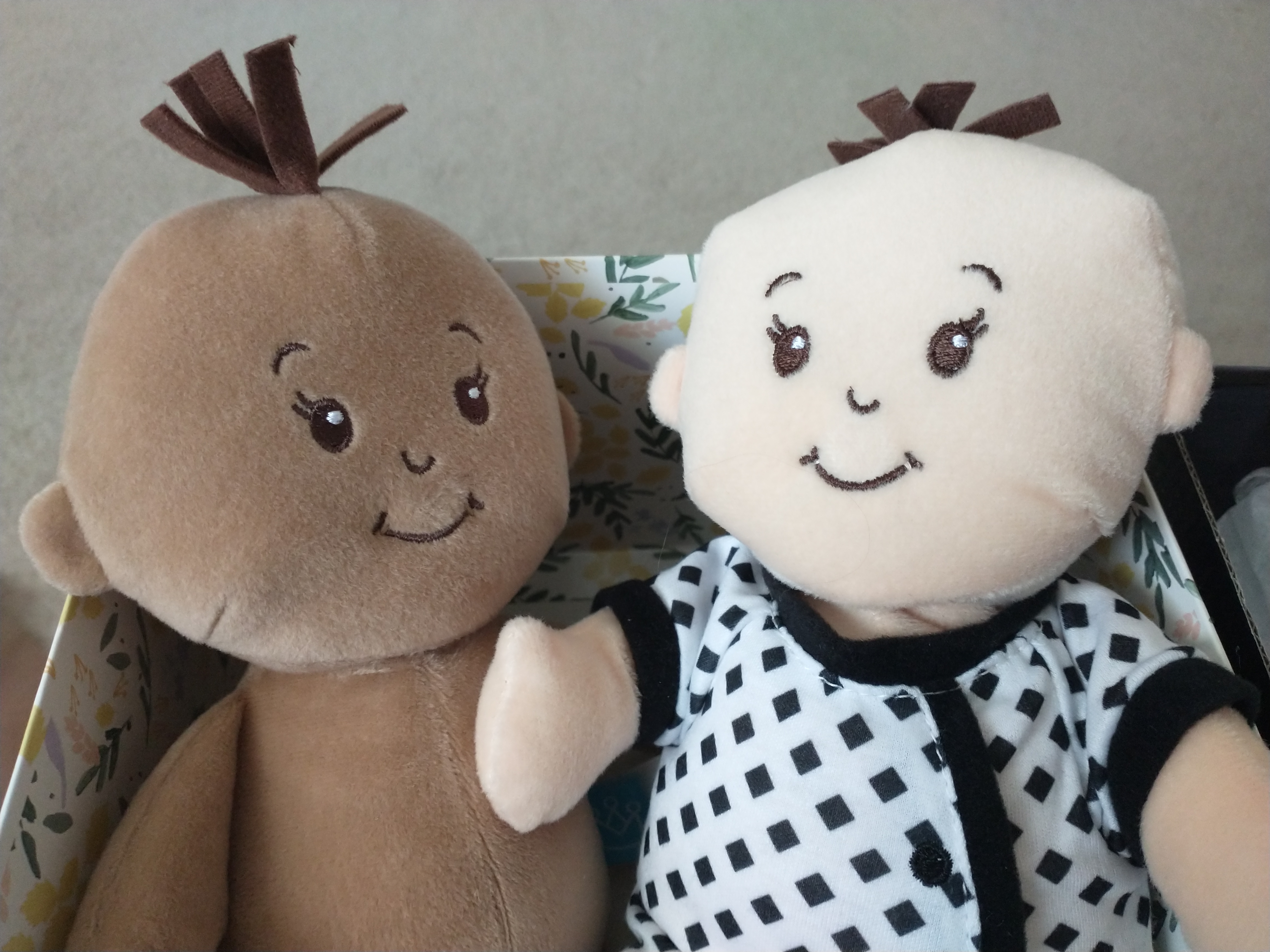 Our daughter has a birthday coming up and I am excited to give her her first baby doll. Not only did I love playing with dolls when I was young, but research shows that playing with dolls helps children grow the parts of their brains associated with
Our daughter has a birthday coming up and I am excited to give her her first baby doll. Not only did I love playing with dolls when I was young, but research shows that playing with dolls helps children grow the parts of their brains associated with 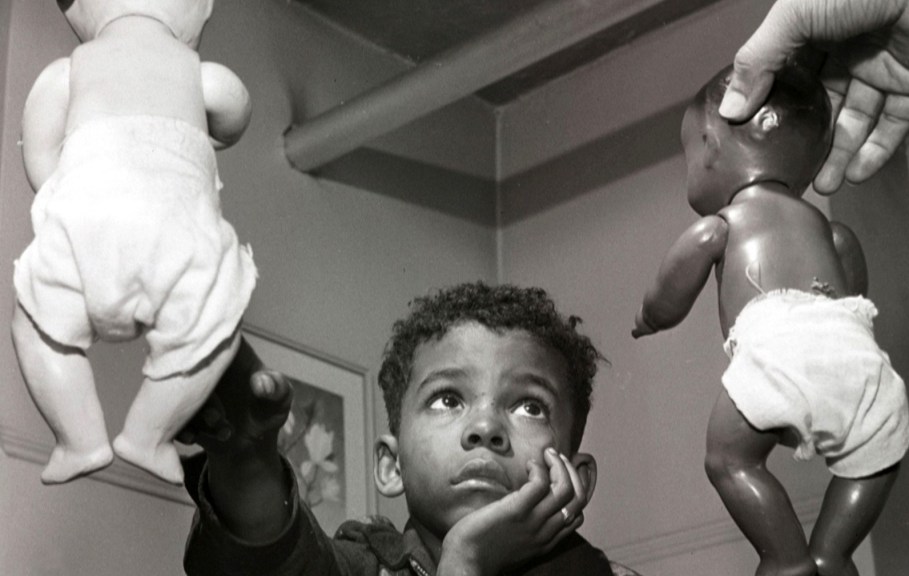 The Doll Test
The Doll Test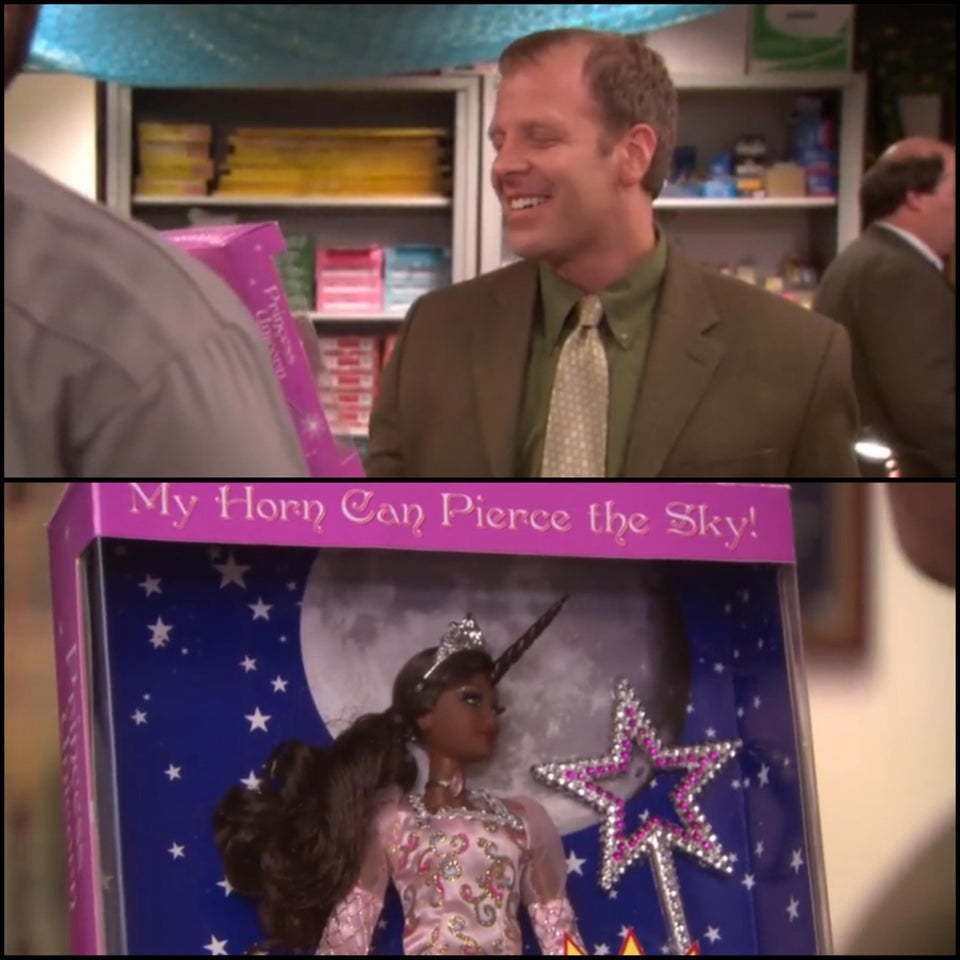
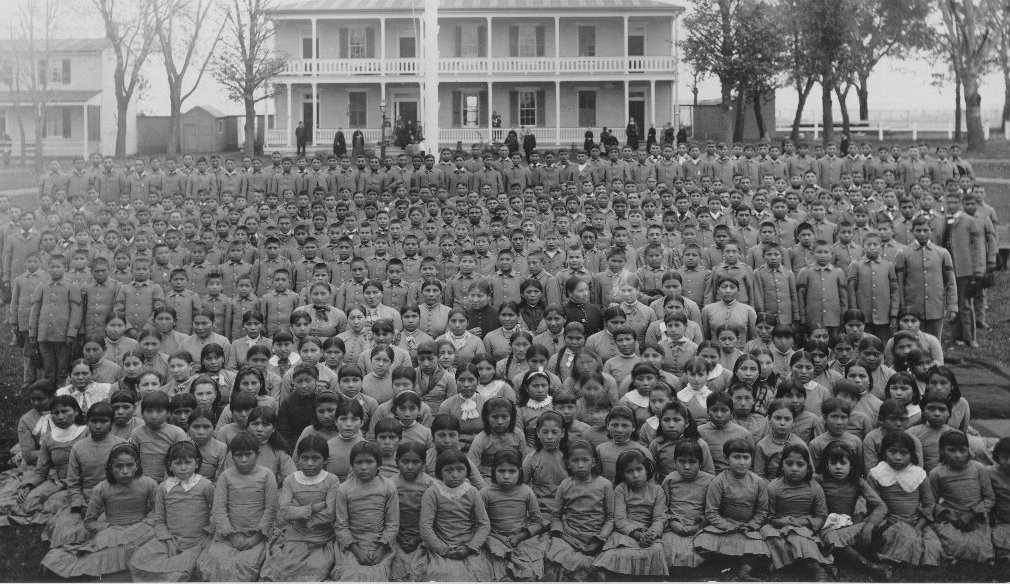
 Marcus is not the new Jess Mariano. Ginny is.
Marcus is not the new Jess Mariano. Ginny is.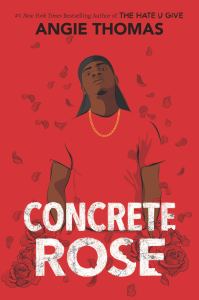 “Son, one of the biggest lies ever told is that Black men don’t feel emotions. Guess it’s easier to not see us as human when you think we’re heartless. Fact of the matter is, we feel things. Hurt, pain, sadness, all of it. We got a right to show them feelings as much as anybody else.” (Concrete Rose 163-64).
“Son, one of the biggest lies ever told is that Black men don’t feel emotions. Guess it’s easier to not see us as human when you think we’re heartless. Fact of the matter is, we feel things. Hurt, pain, sadness, all of it. We got a right to show them feelings as much as anybody else.” (Concrete Rose 163-64).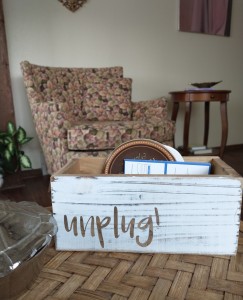 When Julio and I did our weekly check-in on Monday night, one of the prompts was “I will do less…” and my answer was immediately “messing around on my phone.” No question or pause.
When Julio and I did our weekly check-in on Monday night, one of the prompts was “I will do less…” and my answer was immediately “messing around on my phone.” No question or pause.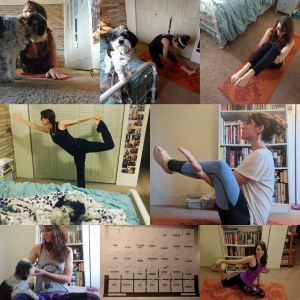 Trigger warning: we’re going to some dark places, including miscarriage, but we end up in a good place.
Trigger warning: we’re going to some dark places, including miscarriage, but we end up in a good place. 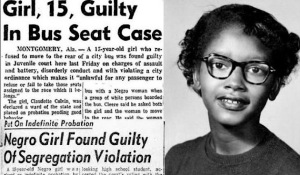 As Black History Month begins, there are a plethora of lists circulating on the web of resources to use for learning more about Black History. Black history is American history.
As Black History Month begins, there are a plethora of lists circulating on the web of resources to use for learning more about Black History. Black history is American history. 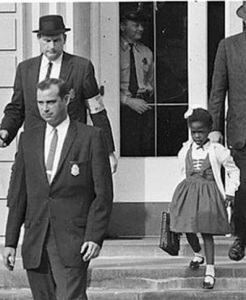
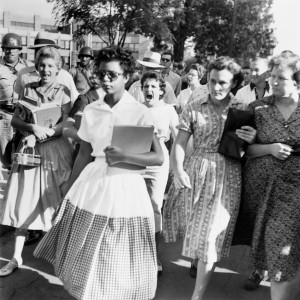
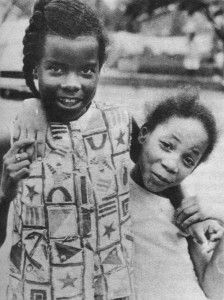
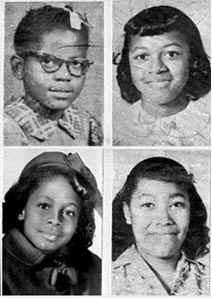
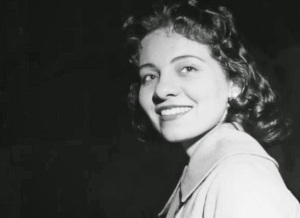
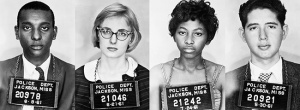

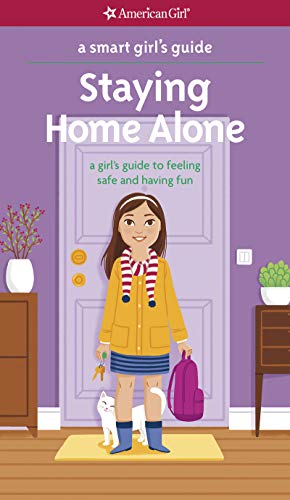 I don’t remember what exactly I was searching for on the library website when I stumbled upon A Smart Girl’s Guide to Staying Home Alone: A Girl’s Guide to Feeling Safe and Having Fun, but I was curious about what advice this publication from American Girl had to offer. Perhaps the ongoing pandemic means that girls are staying home alone less than they had in the past, or maybe the demise of childcare for many parents means that they are staying home alone more. Whether your girl is staying home alone while you run a few quick errands or as part of a regular family schedule,
I don’t remember what exactly I was searching for on the library website when I stumbled upon A Smart Girl’s Guide to Staying Home Alone: A Girl’s Guide to Feeling Safe and Having Fun, but I was curious about what advice this publication from American Girl had to offer. Perhaps the ongoing pandemic means that girls are staying home alone less than they had in the past, or maybe the demise of childcare for many parents means that they are staying home alone more. Whether your girl is staying home alone while you run a few quick errands or as part of a regular family schedule, 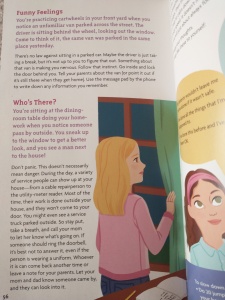 The rest of the book is mostly focused on fun things to do when you’re alone and/or dealing with your siblings when you’re home alone together. There is some kitchen safety and basics, plus some recipes, which seems like it could/should be a whole other book. This book finishes with a section troubleshooting tricky situations. It focuses on trusting your gut, but also aims to help girls hone their instincts by working through some scary situations. Here, the guide is a mixture of reassuring and just the right amount scary.
The rest of the book is mostly focused on fun things to do when you’re alone and/or dealing with your siblings when you’re home alone together. There is some kitchen safety and basics, plus some recipes, which seems like it could/should be a whole other book. This book finishes with a section troubleshooting tricky situations. It focuses on trusting your gut, but also aims to help girls hone their instincts by working through some scary situations. Here, the guide is a mixture of reassuring and just the right amount scary.